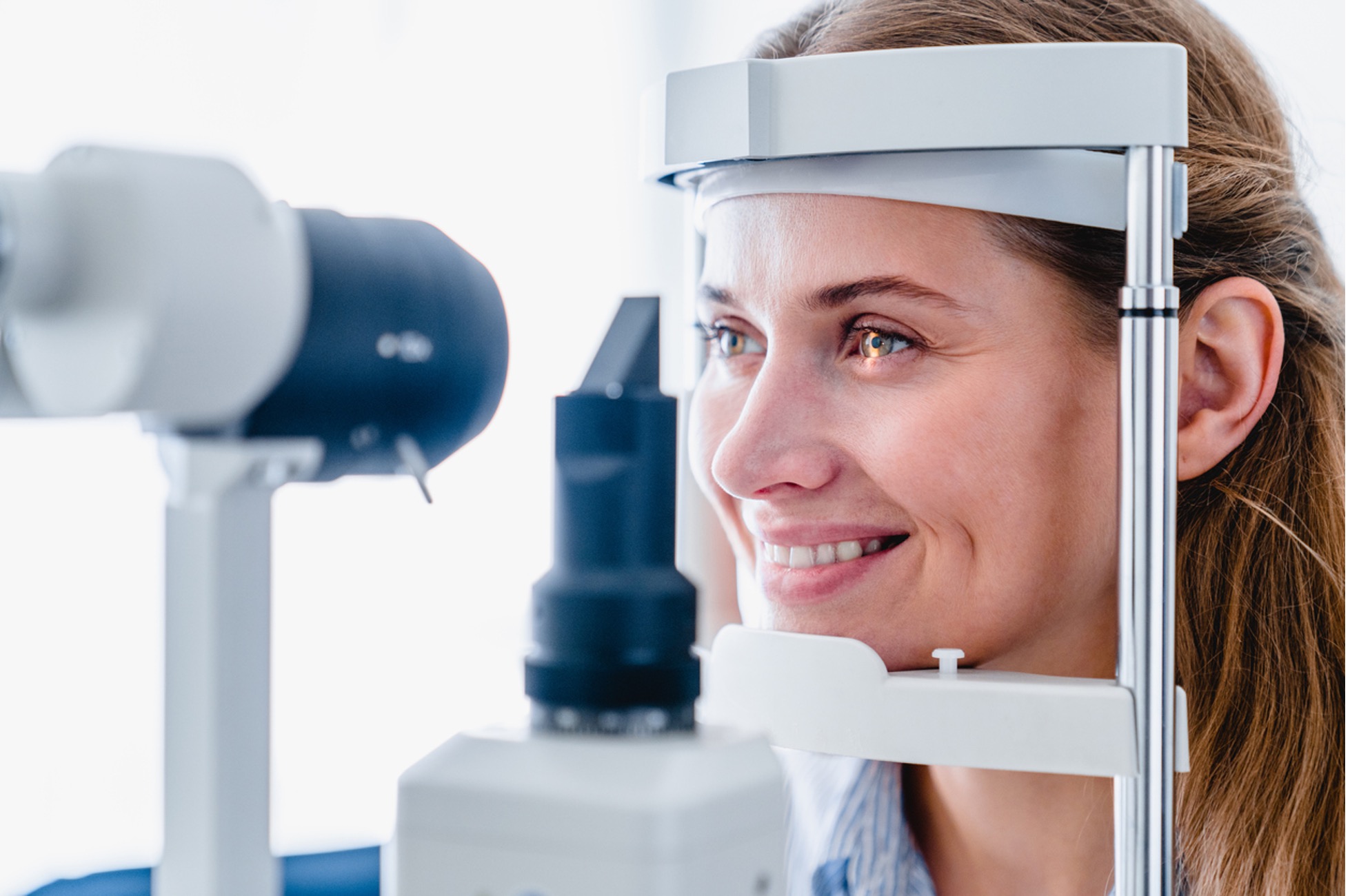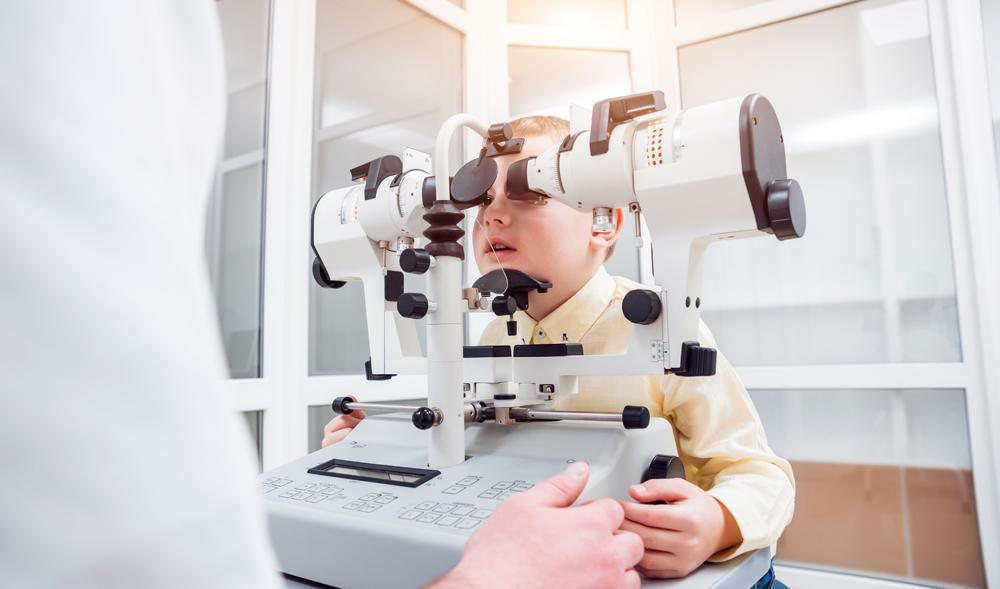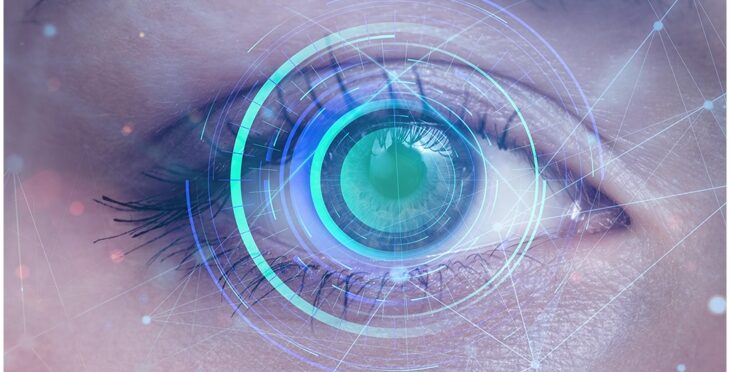Discovering the Cutting-Edge Technologies Utilized for Vision Improvement
In the ever-evolving landscape of vision adjustment modern technologies, a world where advancement and precision merge, a myriad of cutting-edge improvements have reshaped the opportunities for boosting visual skill. From the detailed world of sophisticated laser treatments to the realm of man-made knowledge applications and genetics therapy developments, the area remains to push limits and redefine what was as soon as believed to be unattainable. With each technology comes the prospective to reinvent just how we perceive and deal with vision-related difficulties, supplying an alluring glimpse into a future where clearness and accuracy power supreme.
Advanced Laser Procedures

An additional advanced laser procedure acquiring popularity is PRK (Photorefractive Keratectomy) This method includes getting rid of the external layer of the cornea prior to improving it with a laser. While the recuperation time for PRK is much longer compared to LASIK, it can be a much better choice for people with slim corneas or various other corneal abnormalities. Both LASIK and PRK have high success prices in boosting vision and are taken into consideration secure and reliable methods for vision adjustment.

Implantable Instruments Innovation
Advancements in implantable tools are reshaping the landscape of vision adjustment, using brand-new opportunities for people seeking permanent options to refractive mistakes. These sophisticated tools, such as phakic intraocular lenses (IOLs) and implantable collamer lenses (ICLs), are designed to correct a wide variety of refractive errors, including myopia, hyperopia, and astigmatism. Unlike traditional glasses or contact lenses, implantable tools give an even more long-term service by being placed inside the eye to fix vision.

Wavefront Innovation Enhancements
The development of wavefront innovation in vision correction has reinvented the accuracy and modification of refractive treatments. By making use of advanced wavefront sensors, this technology allows for a comprehensive analysis of the eye's distinct aberrations, allowing eye doctors to customize therapies with unprecedented accuracy. Wavefront-guided LASIK, for example, exceeds typical techniques by dealing with not just common refractive errors like nearsightedness, farsightedness, and astigmatism yet additionally higher-order aberrations that can influence aesthetic quality.
Furthermore, continual advancements in wavefront innovation have actually led to boosted diagnostic abilities, permitting for more precise pre-operative examinations and post-operative analyses to monitor the efficiency of the procedure. Generally, these improvements in wavefront technology have considerably added to the improvement and performance of vision improvement treatments, offering patients a higher level of visual acuity and high quality post-treatment.
Expert System Applications
With the development of wavefront modern technology in vision improvement paving the way for tailored treatments, the integration of expert system applications is now poised to further boost accuracy and efficiency in refractive procedures. Artificial intelligence (AI) brings a brand-new degree of refinement to the area by assessing substantial quantities read the full info here of information find more to improve decision-making processes during vision correction surgeries. AI algorithms can assist eye doctors in pre-operative preparation by anticipating the ideal treatment parameters based upon specific client data, such as corneal thickness, refractive error, and other relevant factors. Throughout the operation, AI can dynamically adjust therapy specifications in real-time, making best use of the precision of the adjustment. Furthermore, post-operative monitoring and change can likewise benefit from AI applications, making certain much better outcomes and reduced threats of problems. By leveraging AI in vision adjustment treatments, ophthalmologists can offer clients individualized treatments that are not just more specific however additionally tailored to their one-of-a-kind visual demands, ultimately bring about improved individual complete satisfaction and aesthetic outcomes.
Genetics Treatment Innovations
Recent advancements in gene therapy have ushered in a new era of precision medicine, revolutionizing the landscape of medical treatments. In the realm of vision correction, gene therapy breakthroughs provide promising services for various genetic eye disorders. By targeting specific genetics liable for problems like retinitis pigmentosa, Leber genetic amaurosis, and various other genetic retinal diseases, gene treatment intends to resolve the source of these conditions at a molecular level.
One noteworthy breakthrough in genetics treatment for vision modification is Luxturna, authorized by the FDA in 2017. Luxturna is a pioneering genetics therapy treatment for people with inherited retinal conditions brought on by mutations in the RPE65 genetics. Through the distribution of a useful copy of the RPE65 gene right into retinal cells, Luxturna has revealed substantial enhancements in vision for patients with these hereditary conditions.
As research in genetics therapy remains to development, the potential for customized treatments for a variety of hereditary eye disorders expands tremendously, supplying hope for boosted vision results and quality of life for damaged individuals.
Verdict
To conclude, the field of view modification is continuously evolving with using cutting-edge technologies such as innovative laser procedures, implantable tools, wavefront innovation, fabricated intelligence, and genetics therapy. retina service near me. These advancements have reinvented the way vision issues are addressed, supplying even more precise and efficient remedies for clients. As modern technology continues to development, we can anticipate a lot more breakthroughs in the future that will additionally boost the quality of vision modification therapies